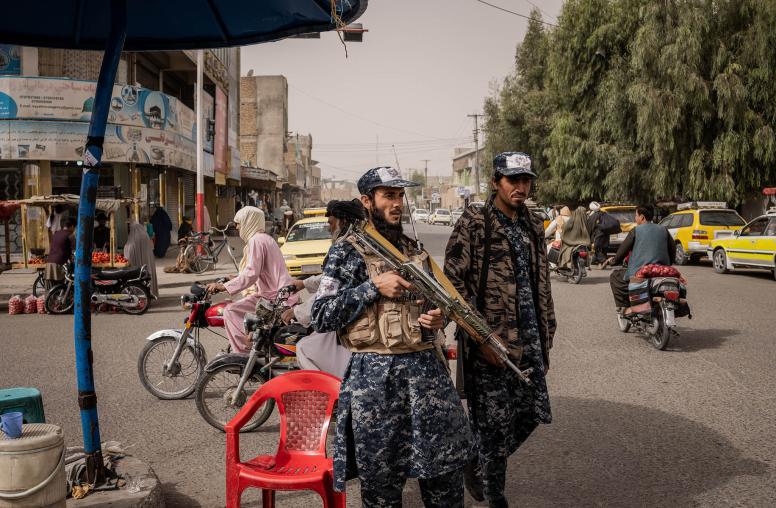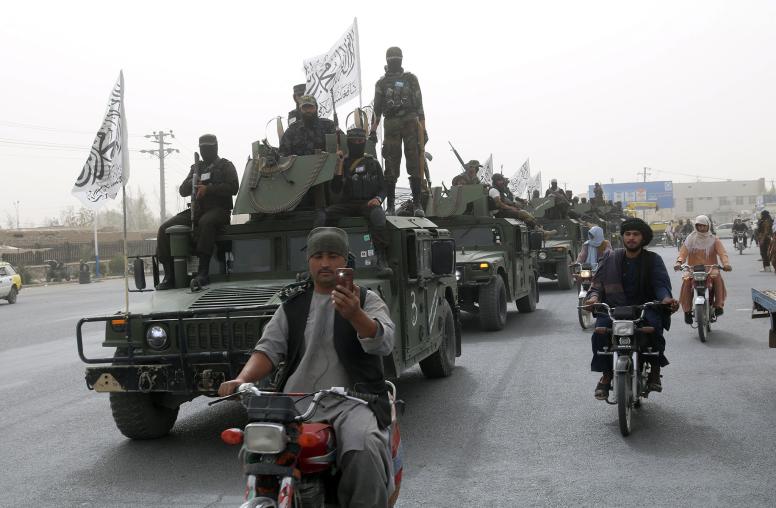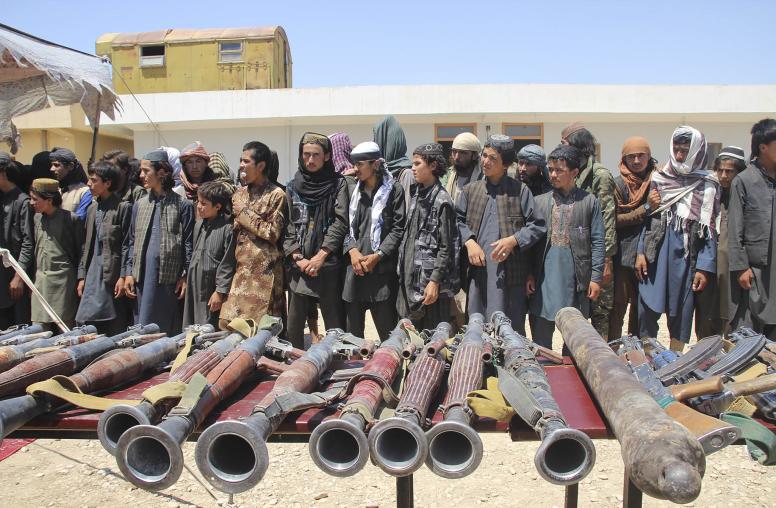Reintegrating Taliban Fighters in Afghanistan
SIGAR report examines the future of ex-combatants in a post-settlement Afghanistan
Even with an agreement between the United States and the Taliban uncertain for now, an eventual intra-Afghan peace process will still need to address many critical challenges—including the reintegration of former fighters and their families. Life in a post-settlement Afghanistan could involve an estimated 60,000 full-time Taliban fighters returning to civilian life. There may also be efforts to demobilize other armed groups that have been fighting the Taliban. And if ex-combatants are not accepted by their communities or are unable to find a new livelihood, they may be vulnerable to recruitment by criminal groups or terrorist organizations like the Islamic State.
To address this vital but often overlooked issue and assist U.S. policymakers and agencies as they craft an approach to reintegration, the office of the Special Inspector General for Afghanistan Reconstruction (SIGAR) has produced the agency’s seventh “Lessons Learned” program report.
On September 18, USIP and SIGAR held the official launch of “Reintegration of Ex-Combatants: Lessons from the U.S. Experience in Afghanistan.” The event included a keynote address by Special Inspector General John Sopko, followed by a panel discussion on the report’s findings and recommendations—both for the ongoing insurgency and for a post-settlement Afghanistan. Continue the conversation with #SIGAR.
Speakers
John Sopko, keynote address
Special Inspector General for Afghanistan Reconstruction
Kate Bateman
Project Lead for Reintegration, Lessons Learned Program, SIGAR
Erica Gaston
Non-Resident fellow, Global Public Policy Institute
Timor Sharan
Deputy Minister for Policy and Technical Affairs, Independent Directorate of Local Governance
Johnny Walsh
Senior Expert, Afghanistan, U.S Institute of Peace
Scott Worden, moderator
Director of Afghanistan and Central Asia Programs, United States Institute of Peace



